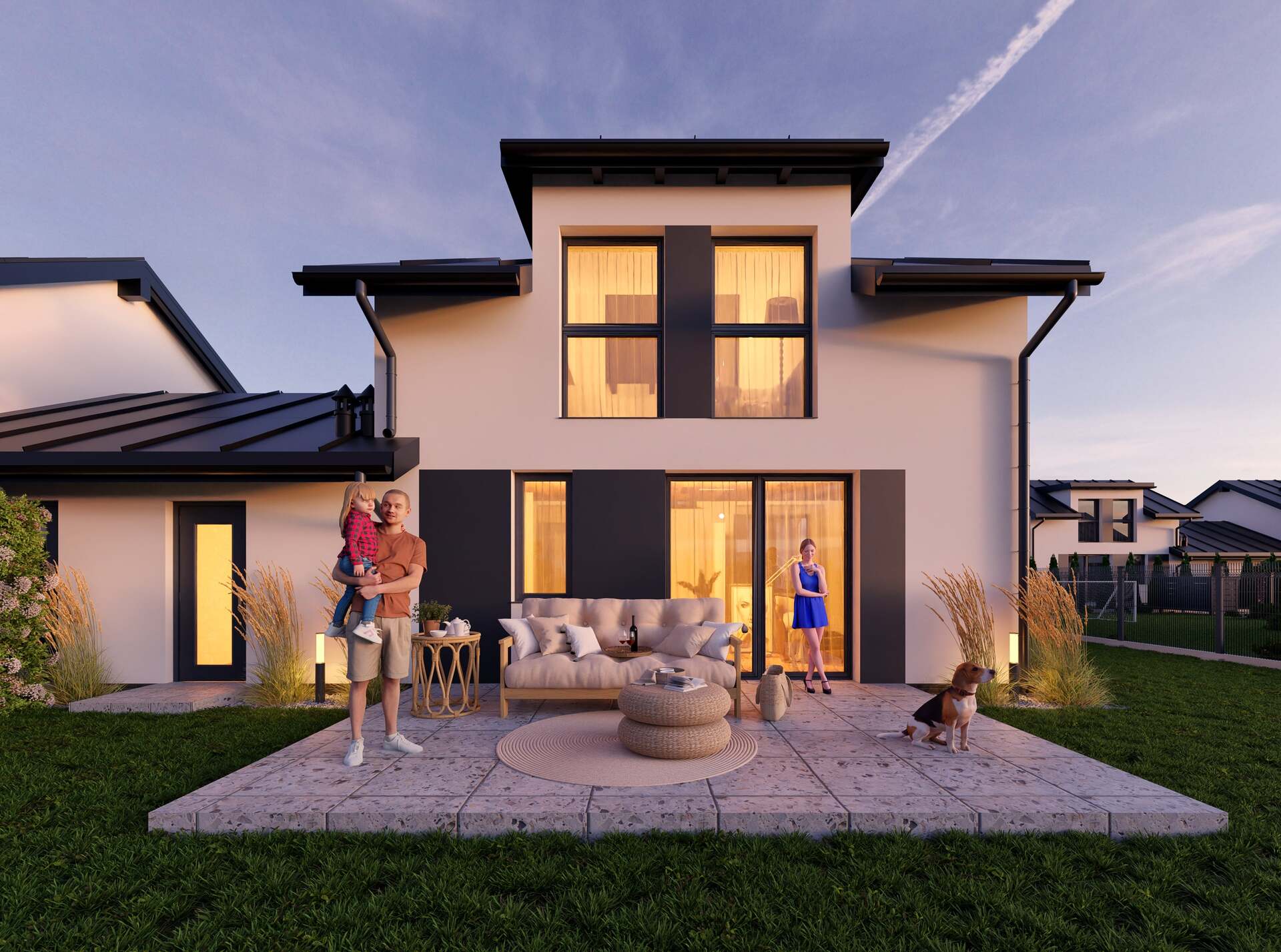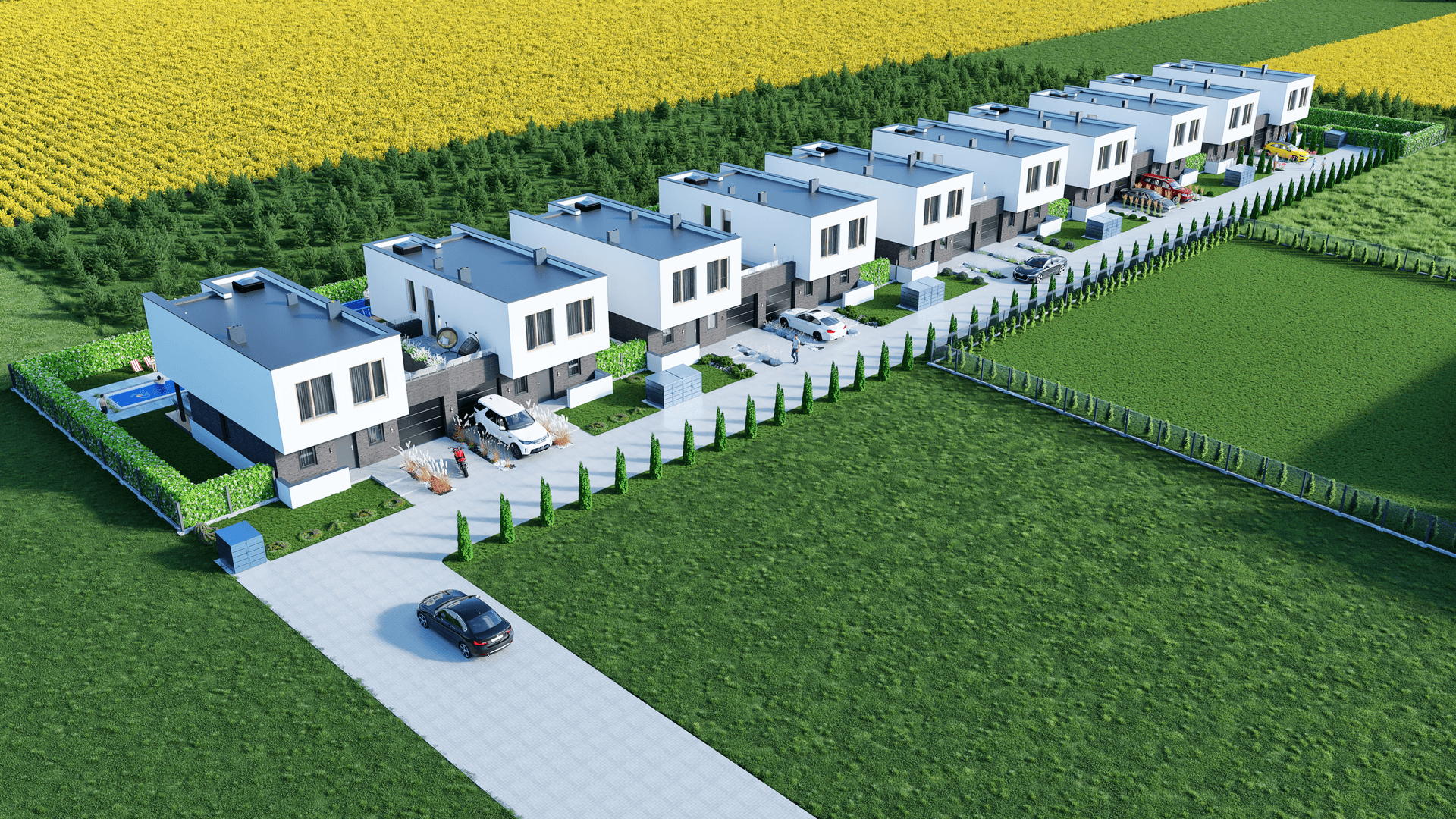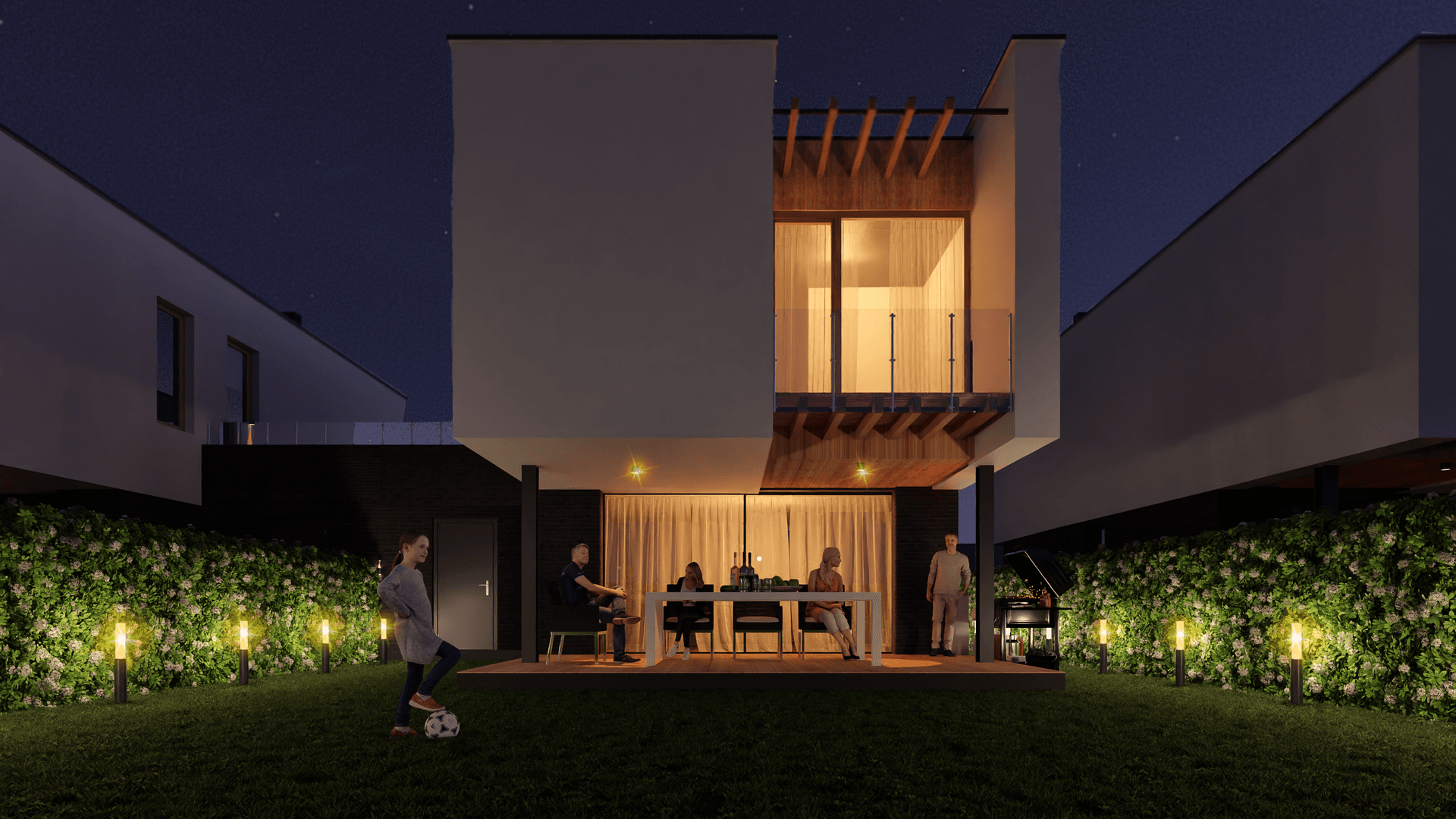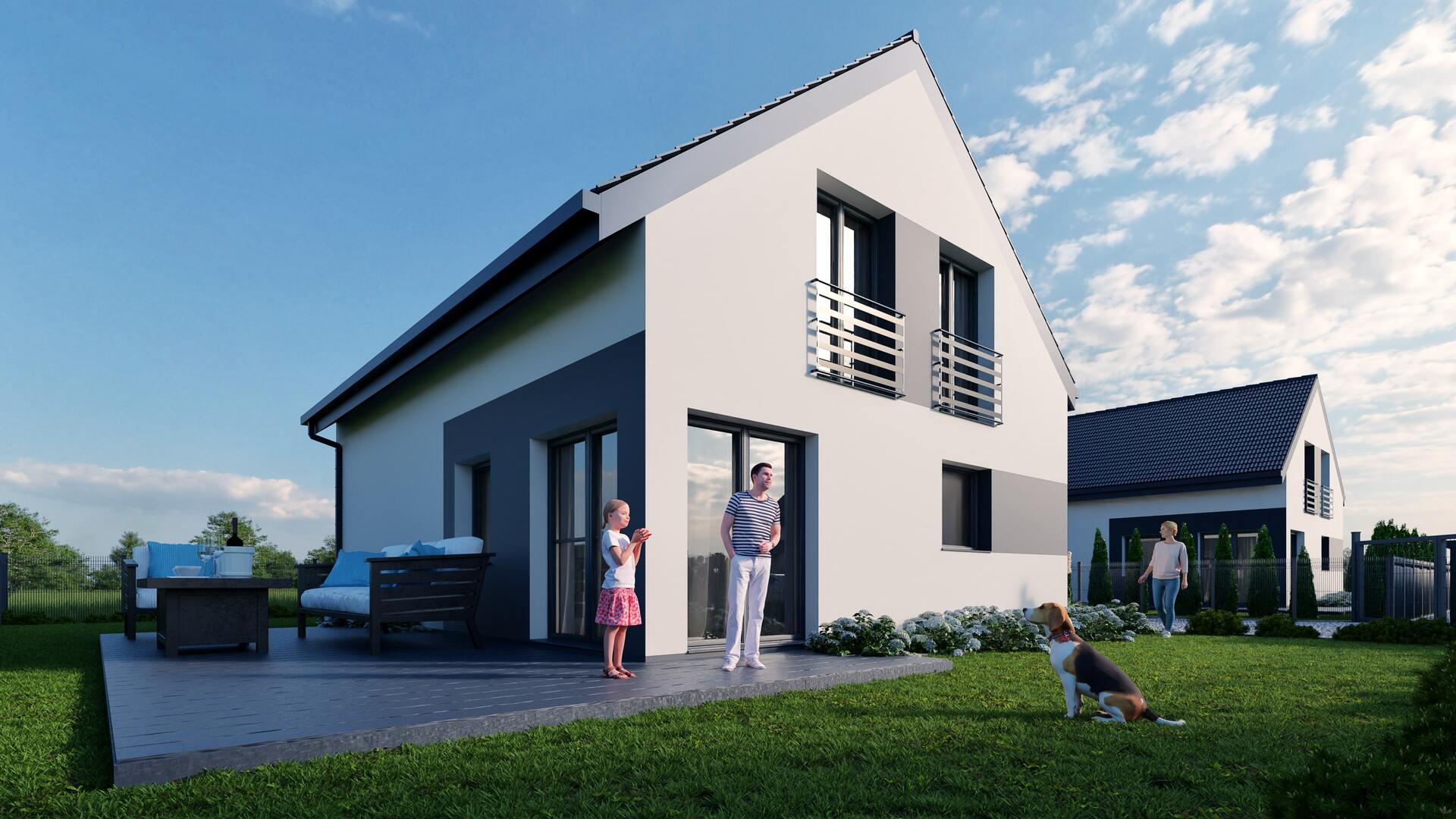
PhotoRealistic 3D Visualizations - Price & Time
...
Housing development visualizations increase sales and enhance property value. How does the quality of visualizations influence customer decisions?
Do real estate developers really need housing development visualizations to sell faster and at higher prices?
Yes.
And not just any visualizations.
In the age of the internet and social media, people buy with their eyes. If your development doesn’t look good in visualizations, even the best location and competitive pricing may not be enough.
Why? Because buyers want to see what their future home will look like. If they don’t see it, they’ll go to a competitor who shows them exactly that.

Because poor-quality visualizations kill sales.
A well-executed visualization doesn’t just showcase a building—it sells a lifestyle.
With the right visualization, buyers don’t just see the development—they feel what it’s like to live there. They see children playing in the playground, neighbors walking along pathways, the sunset reflecting off the building’s facade.
And they start imagining it as their future home.
That’s when the purchase decision happens much faster.

Not all visualizations work. They need to evoke emotions.
A render that looks like a real photo? Yes. Buyers shouldn’t feel like they’re looking at a computer graphic. The more realistic the details, the more effective the visualization.
Good lighting = a pleasant perception. Visualizations should feel warm, inviting, and natural. They shouldn’t look like something out of a video game.
A development without people looks lifeless. Visuals featuring families, children, cyclists—these build emotional engagement.
People buy not just an apartment, but the entire environment. Showing green areas, playgrounds, benches, and pathways makes the development feel more inviting.

Yes, because the investment pays off.
High-quality visualizations:
What happens if you cut costs on visualizations?
Real estate developers who invest in high-quality visualizations sell faster and at higher prices.
That’s a fact.

Visualizations are not just an extra—they’re a key sales tool.
A great visualization builds emotions, creates an atmosphere, and convinces buyers before they ever visit the construction site.
Don’t cut costs on them. Because if your buyer doesn’t fall in love with your visualization…
…they’ll fall in love with a competitor’s.
Yes. Buyers purchase with their eyes. Without attractive visualizations, it’s harder to generate interest and stand out from the competition.
Yes. The better the presentation, the higher the perceived value of the property, allowing for higher pricing.
Realistic, highly detailed, with natural lighting and life elements—people, greenery, cars. They need to evoke emotions.
Prices range from a few thousand to several thousand USD, depending on the project scale and quality.
During pre-sales—yes. They present the property investment in its best light before construction is completed.
On the property website, social media, listings, billboards, brochures, and sales materials.
Yes. Interior visualizations help buyers imagine what their future home will look like, making their decision easier.
Not always. Animations and virtual tours are great additions, but high-quality static visualizations remain essential for sales.
Typically between a few days to a few weeks, depending on project complexity and the number of perspectives. Order them early to start selling sooner.
The most popular include static 3D visualizations, animations, 360° panoramas, and virtual tours—each boosting buyer engagement.
Definitely the surroundings! Greenery, pathways, playgrounds, and people make the development look much more welcoming.
Popular choices include 3ds Max, V-Ray, Lumion, Blender, and Unreal Engine.
Yes! They allow buyers to "see" the development long before it’s completed, increasing pre-sales potential.
Yes, it’s a good idea to refresh them to match evolving customer expectations or new property investment details.
Natural light, warm tones, and realistic shadows make developments look more inviting and desirable.
Yes! Daytime, evening, summer, and autumn visuals help buyers better envision life in the community.
Yes! They work exceptionally well in Facebook, Instagram, and Google Ads, capturing buyer attention.
Yes, if your budget allows. Interactive presentations engage buyers even more and help them fully understand the project.
Book a free consultation.
Sign up now for our free RendProletter and receive 1 email every week with a short summary of the best posts from our blog and emails with unique offers you won't find anywhere else!